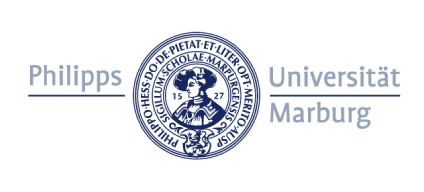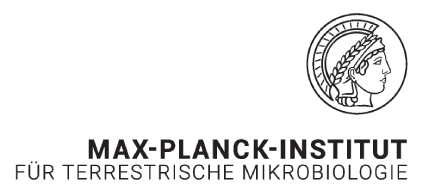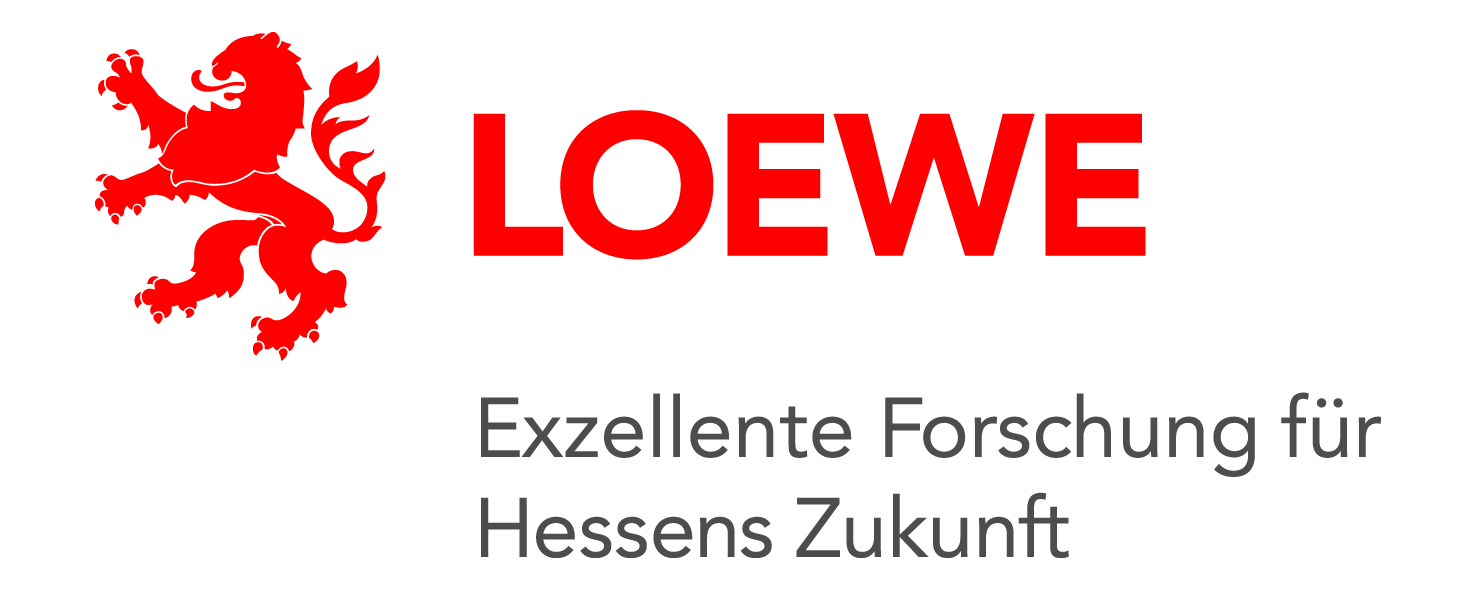Main Content
Tree-M: Mechanisms of resilience and environmental impact of the tree leaf microbiome

Tree-M in a nutshell
Forests fulfill essential climate functions and are economically important. They harbor an immense variety of microorganisms, exhibiting enormous biochemical and physiological diversity. The Tree-M research cluster funded by the LOEWE excellence program of the State of Hesse investigates the complex network of microbial interactions with the biotic and abiotic environment in the tree phyllosphere.
This interdisciplinary research cluster joins forces of academic groups from the fields of microbiology, biochemistry, ecology, geography, and bioinformatics. Research activities bridge scales from individual bacterial cells (molecular mechanisms of bacterial enzymes, metabolic activities, and their regulation) to microbial communities (interactions within the leaf microbiome and with the abiotic environment) and cross-kingdom organismic interaction networks (microbiota-leaf-herbivore interactions) in cultivation systems in the laboratory and in tree canopies in the forest.
Our vision is to use the knowledge gained to guide microbe-based sustainable strategies that reduce the impact of global change on this interaction network and sustain forest health, functions, and services into the future.
Project description
The interdisciplinary Tree-M consortium addresses the following overarching research questions using pedunculate oak (Quercus robur) as a model:
- What influence does the tree exert, together with environmental conditions, on composition and function of the bacterial leaf microbiota at different spatial and temporal scales?
- What bacterial functions drive competition for carbon and nitrogen resources in the leaf habitat and what molecular mechanisms underlie these functions?
- What effect do these bacterial activities have on nutrient transformations in the leaf system, on the leaf as a habitat and resource for other organisms (e.g. insects), and ultimately on health and development of the leaf and the tree?
These questions are investigated in three closely interacting project areas supported by a central data management and analysis platform.


